39 nutrient content claims on food labels
› food › food-labeling-nutritionLabel Claims for Conventional Foods and Dietary Supplements Mar 07, 2022 · Among the claims that can be used on food and dietary supplement labels are three categories of claims that are defined by statute and/or FDA regulations: health claims, nutrient content claims ... › food-packaging-claimsFood Packaging Claims | American Heart Association Mar 06, 2017 · There are three categories of claims defined by statute and/or FDA regulations that can be used on food and dietary supplement labels: health claims, nutrient content claims, and; structure/function claims. A "health claim" by definition has two essential components: A substance (whether a food, food component, or dietary ingredient) and
Everything you need to know about Health Claims on Food Labels A nutrient content claim must be true and accurate just like health claims, it is a statement about the amount of a nutrient found in a food. Usually placed on the front of the food label, the nutrient claim provides a quick comparison between similar products. Some examples of nutrient claims are. "low sodium", "high in fiber ...

Nutrient content claims on food labels
nutrient claims on food labels chapter 2 Flashcards | Quizlet describe how a nutrient affects body structure or function. calorie free. less than 5 kcal per serving. low calorie. 40 kcal or less per serving. reduced or fewer calories. at least 25% fewer kcal per serving than reference food. light or lite. 50% less fat if half or more of the food's kcal are from fat. Food Label Consultants | US Label Compliance Nutrient Content Claims Nutrient Content Claims (for example "Low Fat", "Reduced Calorie", "Good Source of Fiber") are all regulated terms under FDA, each with specific rules, and may require disclosure statements. "Low fat" is a nutrient content claim based on the number of grams of total fat per serving. "Reduced calorie" is based on a […] Nutrient Content Claims | FDA - U.S. Food and Drug Administration Nutrient Content Claims. See Claims That Can Be Made for Conventional Foods and Dietary Supplements for definitions of claims. Final Rule: Food Labeling: Nutrient Content Claims; Alpha-Linolenic ...
Nutrient content claims on food labels. Protein Label - LabelCalc The DV for protein is 50g, so the RACC of the food must contain over 10g of protein to have the "High in Protein" nutrient content claim. To have a nutrient content claim of a food being a "Good Source of Protein" the food must contain 10-19% of the DV per RACC, or 5 to 9.5g of protein per RACC. If you would like to have your food ... Nutrient Claims on Food Labels - Food Smart Colorado Nutrient content claims describe a food and the level of a particular nutrient in that food. "Low fat" and "High fiber" are both examples of nutrient content claims. These types of claims usually appear on the front of a package and are regulated by the Food and Drug Administration (FDA). Nutrient Content Claim vs Health Claim - LabelCalc Nutrient content claims, which are commonly used on food labels, either refer to the amount of a nutrient in a product or compare the levels of a nutrient in that food to a similar reference food. When referring to the amount of a nutrient in a product, words such as "low," "free," and "high" are often used. › en › health-canadaNutrient content claims: what they mean - Canada.ca Table of nutrient-content claims and what they mean. The food provides an amount of a nutrient that is so small it likely won't have any effect on your body. The food is processed/modified so that it contains at least 25% less of the nutrient when compared with a similar product. Contains no added fats or oils or added butter or ghee, or ...
Food Labeling & Nutrition | FDA Food labeling is required for most prepared foods, such as breads, cereals, canned and frozen foods, snacks, desserts, drinks, etc. Nutrition labeling for raw produce (fruits and... Nutrient Claims on Food Labels - Truly Good Foods Nutrient Claims on Food Labels. July 19, 2018. Nutrient claims describe the content of a food, including the amount of nutrients, calories, cholesterol or fiber, but not in exact amounts. Usually on the front of the food label, the nutrient claim provides a quick comparison between similar products. Nutrient Content Claims on a Food Label - LabelCalc The food product nutrition content must meet the strict guidelines and parameters set forth by the FDA in order to accurately make these nutrient content claims on a food label. For a more in-depth look at nutrient content claims, download this PDF. A Quick Reference Summary of Parameters Label Claims for Food & Dietary Supplements | FDA Among the claims that can be used on food and dietary supplement labels are three categories of claims that are defined by statute and/or FDA regulations: health claims, nutrient...
hgic.clemson.edu › nutrient-claims-on-food-labelsNutrient Claims on Food Labels - Clemson University Sodium content cannot exceed 360 mg per serving for individual foods and 480 mg per serving for meal-type products. If a food is labeled "healthy" or makes a health claim, it cannot contain any nutrient that increases the risk for disease. It must contain no more than 20% of the DV per serving of total fat, saturated fat, cholesterol, or sodium. Nutrition claims - Canada.ca There are two types of nutrition claims on foods: nutrient content claims and health claims. These claims must also follow certain rules from Health Canada to make sure that they are consistent and not misleading. These claims are optional and may be found on some food products. Nutrient content claims describe the amount of a nutrient in a food. Nutrient Content - an overview | ScienceDirect Topics D. McCrea, in Encyclopedia of Food Safety, 2014 Nutrient Content. A nutrient content claim is a nutrition claim that describes the level of a nutrient contained in a food, such as, 'source of calcium' and 'low in fat.' Reference levels at which a content claim can be used are specified in international and national legislations. For example, to make a claim of low fat, the table of ... Use of the Term Healthy on Food Labeling | FDA The existing definition has limits for total fat, saturated fat, cholesterol and sodium and to qualify, foods must also provide at least 10% of the Daily Value (DV) for one or more of the...
How to Make a Nutrient Content Claim - Quality Assurance & Food Safety The product label must identify the reference food and the percentage or fraction of the amount of the nutrient in the reference food by which the labeled product differs; this must be immediately adjacent to the claim. For example, "1/3 fewer calories than" or "30% less fat than.". Finally, you may not make a "relative" claim if ...
Nutrient Content Claims | FDA - U.S. Food and Drug Administration Nutrient Content Claims. See Claims That Can Be Made for Conventional Foods and Dietary Supplements for definitions of claims. Final Rule: Food Labeling: Nutrient Content Claims; Alpha-Linolenic ...
Food Label Consultants | US Label Compliance Nutrient Content Claims Nutrient Content Claims (for example "Low Fat", "Reduced Calorie", "Good Source of Fiber") are all regulated terms under FDA, each with specific rules, and may require disclosure statements. "Low fat" is a nutrient content claim based on the number of grams of total fat per serving. "Reduced calorie" is based on a […]
nutrient claims on food labels chapter 2 Flashcards | Quizlet describe how a nutrient affects body structure or function. calorie free. less than 5 kcal per serving. low calorie. 40 kcal or less per serving. reduced or fewer calories. at least 25% fewer kcal per serving than reference food. light or lite. 50% less fat if half or more of the food's kcal are from fat.


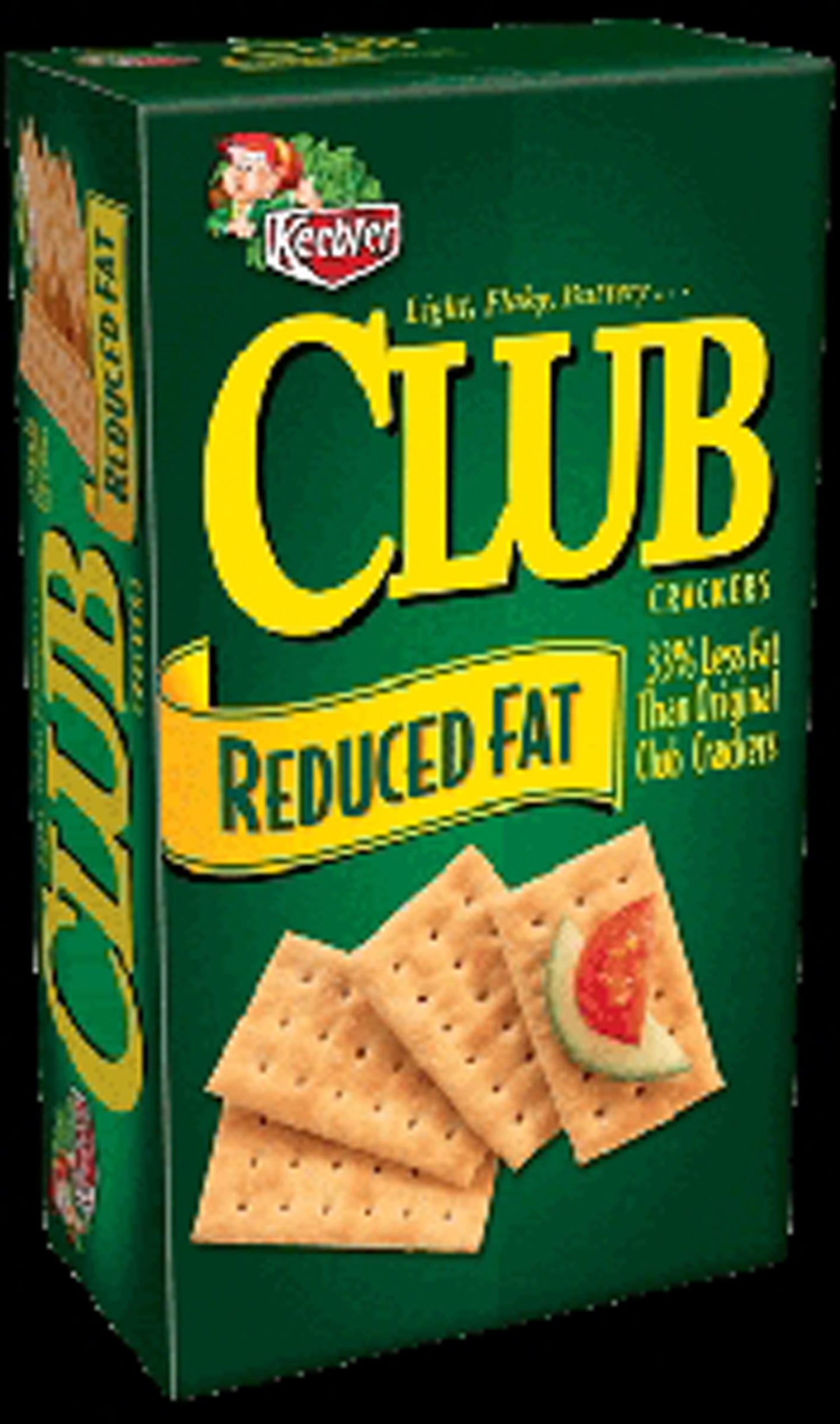
:no_upscale()/cdn.vox-cdn.com/uploads/chorus_asset/file/3648106/quaker-oats-heartlabel.0.jpg)

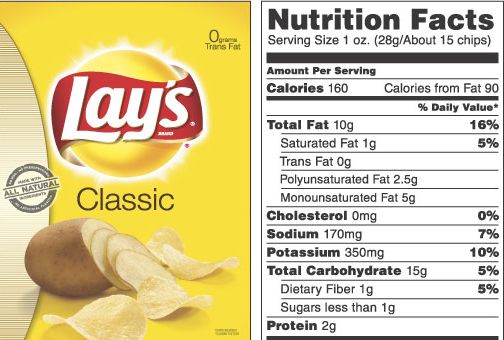
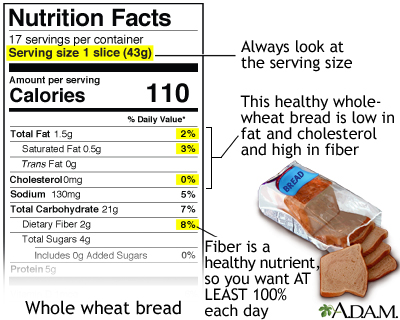
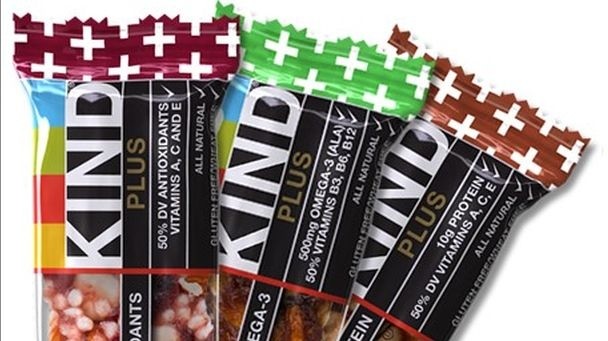
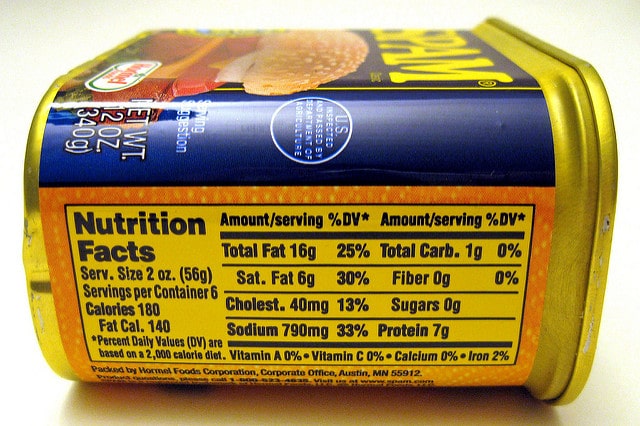

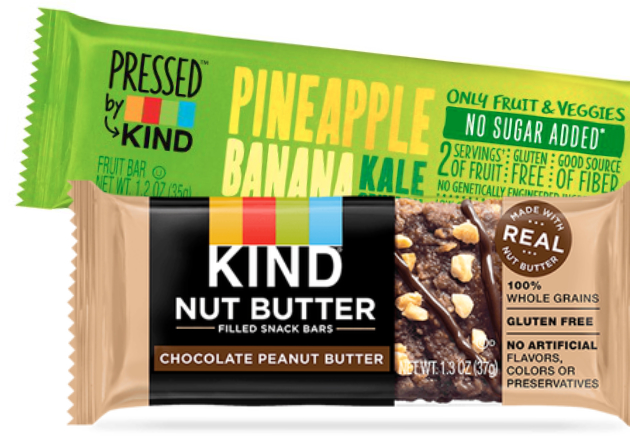


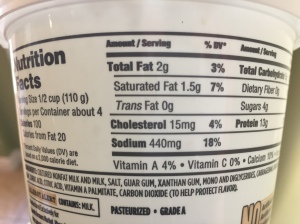

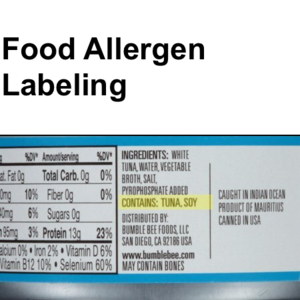
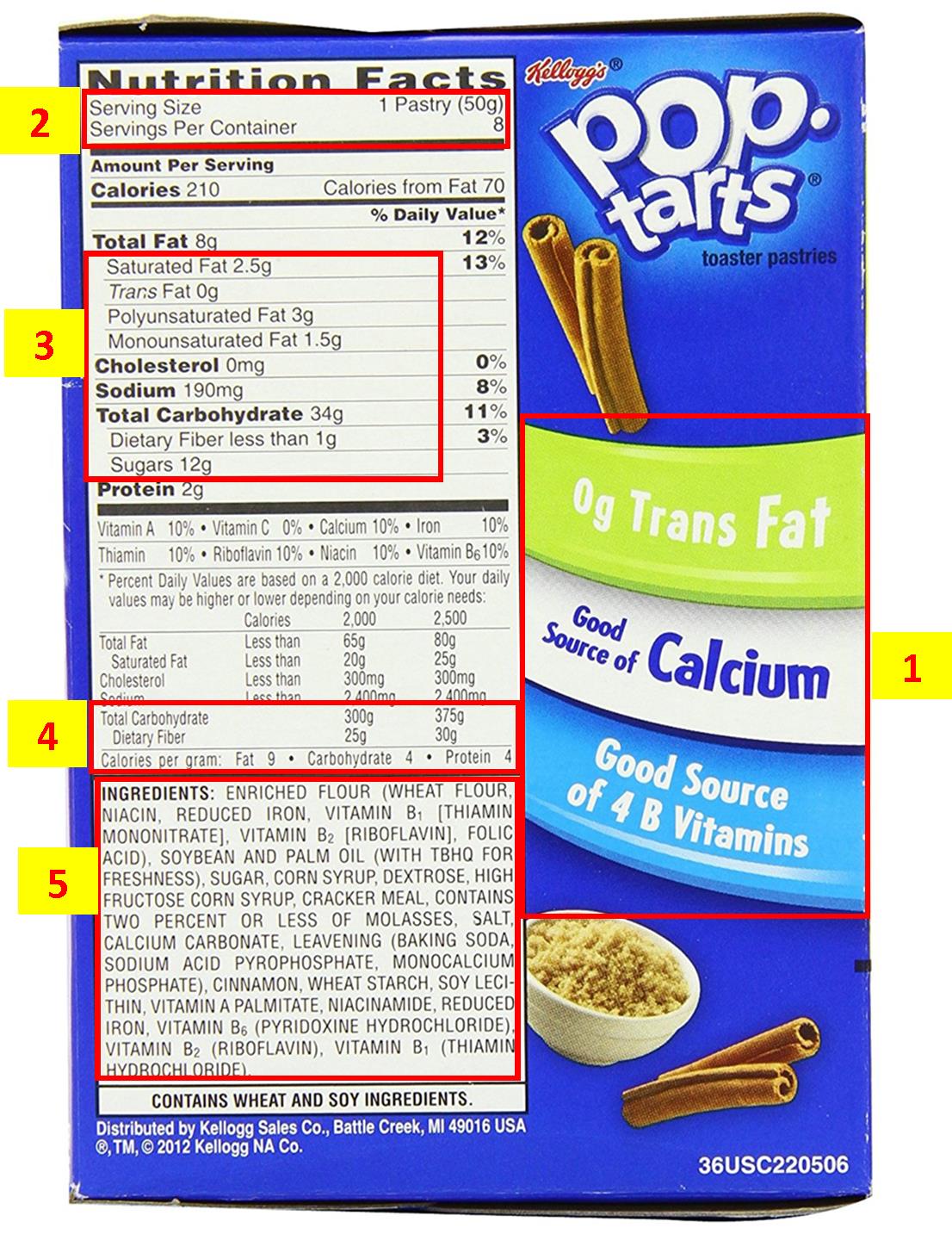
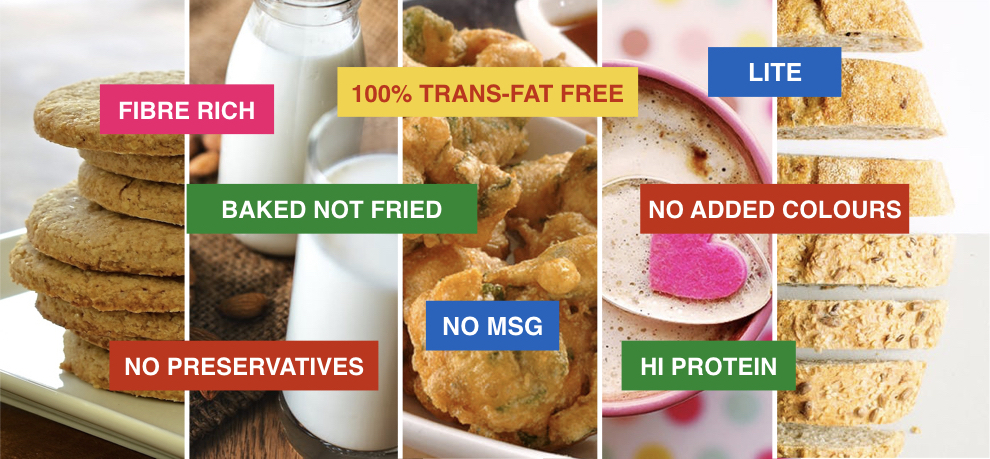



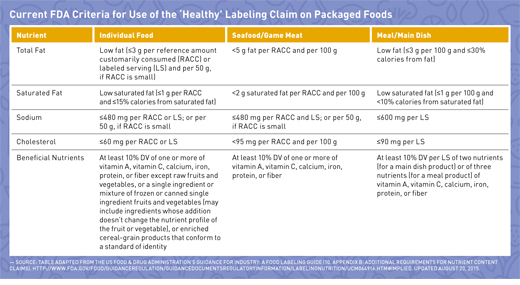
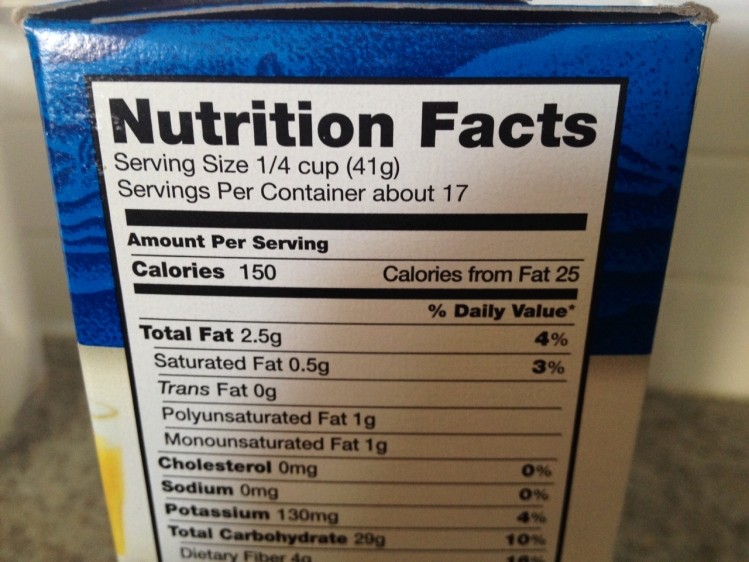
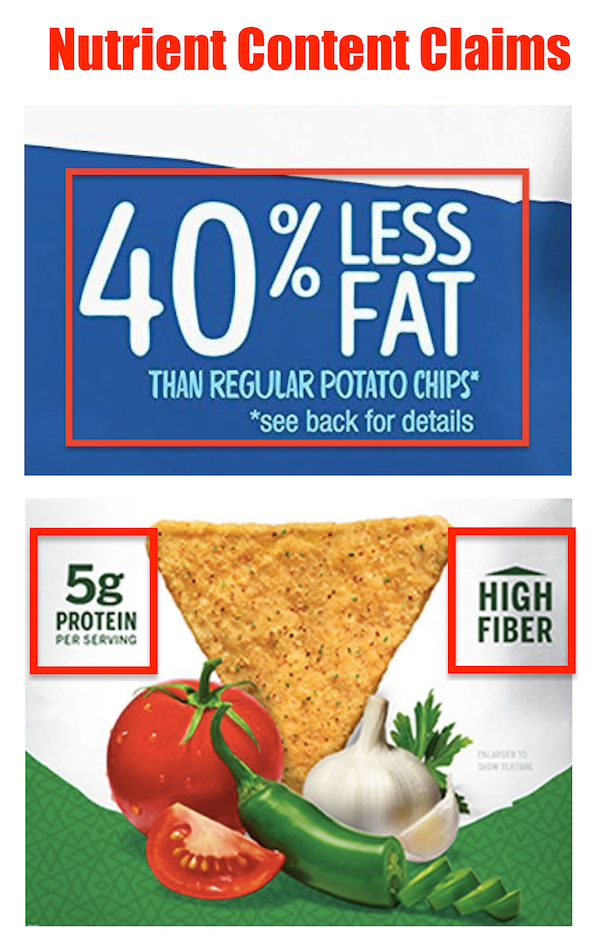
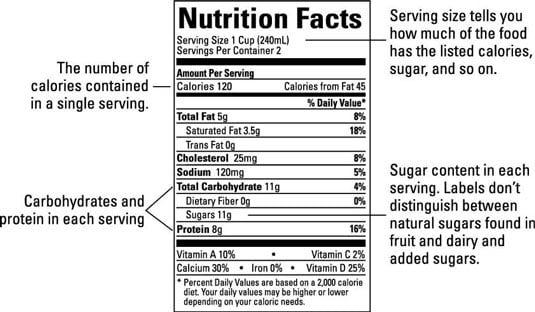

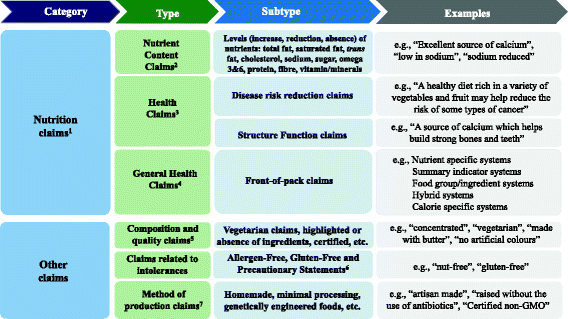

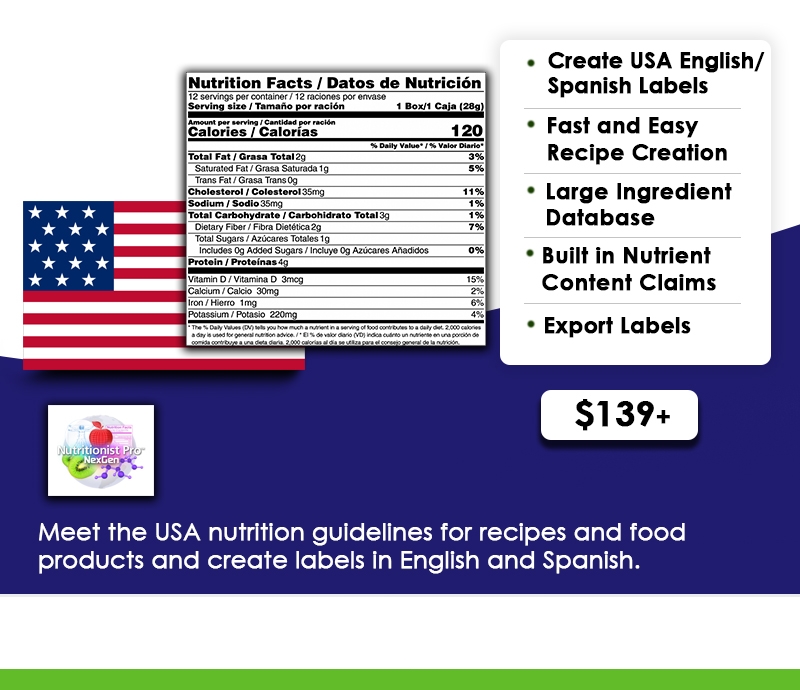
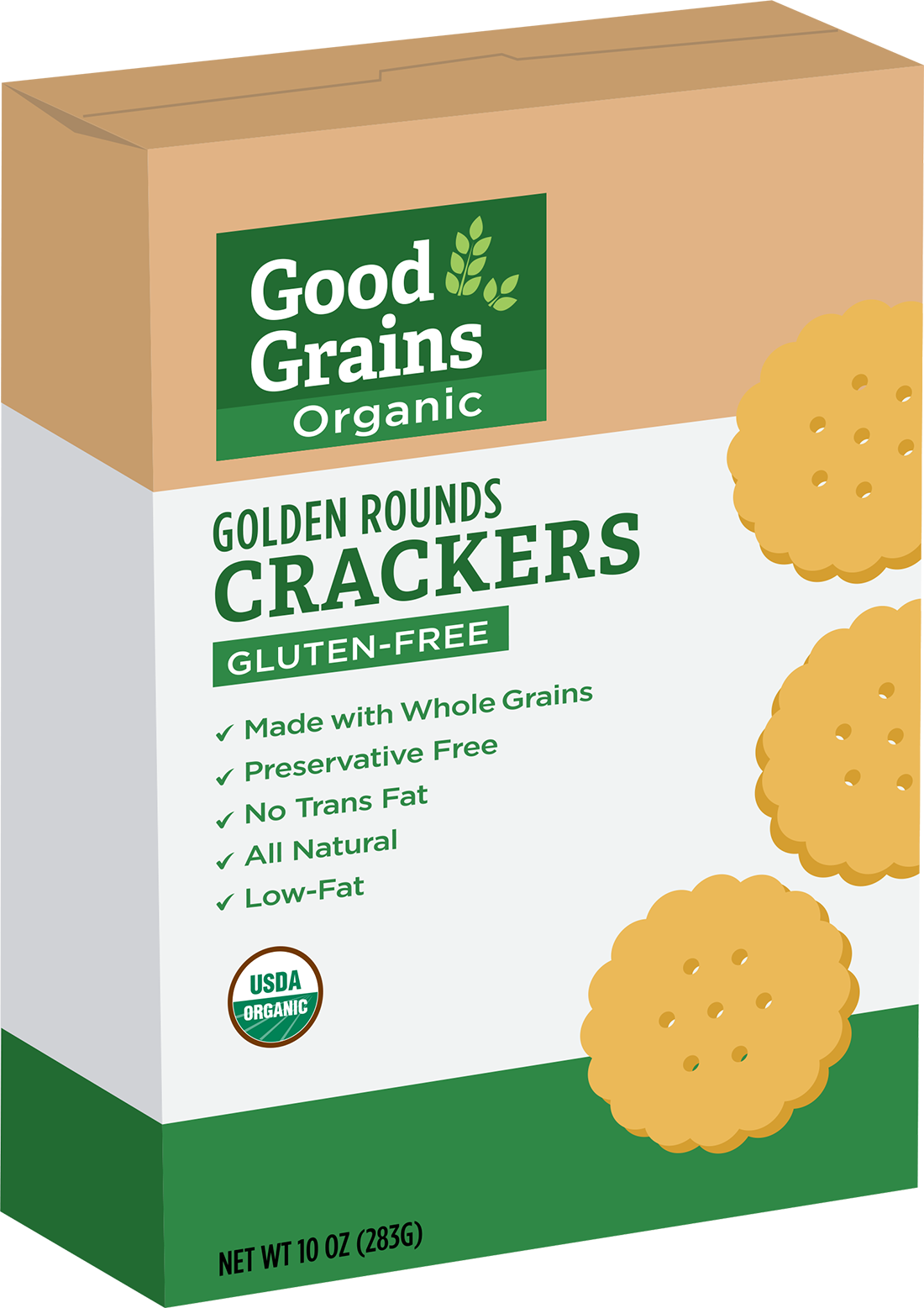






Post a Comment for "39 nutrient content claims on food labels"